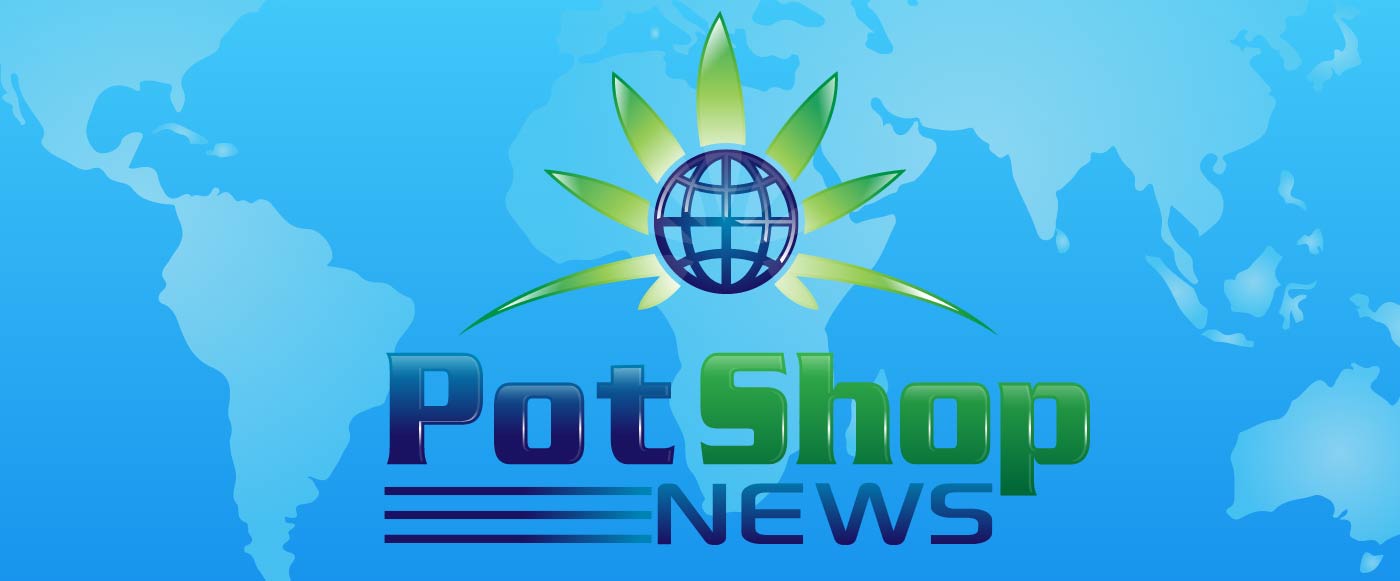[[{“value”:”
Canada’s pioneering Cannabis Data Gathering Program has published the results of a new study showing a shocking discrepancy between advertised and actual THC amounts in its consumer market.
Last week, Health Canada published the results of a survey of 100 samples of both legal and illegally sourced cannabis flower, which found that nearly half of the legal samples had less than 80% of their labelled THC content.
Canadian cannabis businesses have long cited ‘THC inflation’ as not only a troubling and unsustainable trend but as a cause of falling revenues in their businesses.
In 2023, Canadian cannabis producer Organigram cited THC inflation as a ‘meaningful contributing factor’ to its fall in revenues and profits, impacting ‘flower sales and margins’.
According to the company, the industry practice of dishonestly labelling cannabis products to exaggerate THC levels was becoming ‘more widespread’, seeing consumers favor supposedly higher potency products.
Its CEO Beena Godenberg said: “We see that there are some licensed producers who were averaging sales of flower in the 21% (to) 22% range … and now are showing 28% to 32%. This is not something that even the most advanced cultivation techniques could make happen.”
The latest data from Health Canada has now laid bare the extent of the issue. Of the 50 legal samples examined for THC levels, heavy metals, pesticide residues, mycotoxins and microbial contaminants, 14 products (28%) had 70–80% of the labeled THC amount.
Furthermore, 10 products (20%) had less than 70% of the stated THC content, and only 26 products (52%) contained at least 80% of the declared THC amount.
These discrepancies suggest that many legal cannabis products may be overestimating their potency, potentially leading to consumer dissatisfaction and improper dosing.
In contrast, illegal cannabis products showed extreme variability, with THC levels ranging from under 100 mg/g to over 250 mg/g.
The study also found higher levels of heavy metals in illegal cannabis, particularly arsenic, lead, and mercury. While some metals, including copper, molybdenum, and nickel, exceeded tolerance limits in both legal and illegal products, contamination was far more prevalent in illicit samples.
Pesticide contamination was another stark difference between the two markets. While only two legal cannabis products contained trace pesticide residues, a staggering 94% of illegal samples tested positive for multiple pesticides, with an average of 3.4 pesticides per sample.
Among the most frequently detected pesticides in illicit cannabis were myclobutanil (found in 72% of samples) and paclobutrazol (found in 60%), both of which are banned in regulated cannabis production due to their potential health risks.
“}]] Canada’s pioneering Cannabis Data Gathering Program has published the results of a new study showing a shocking discrepancy between advertised and actual THC amounts in its consumer market. Read More


